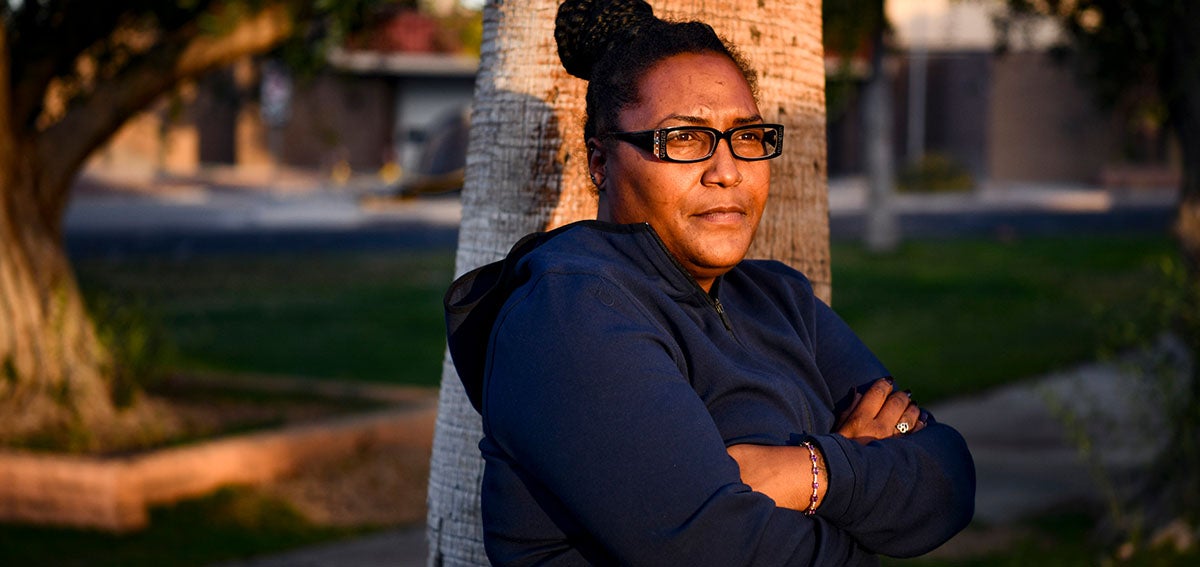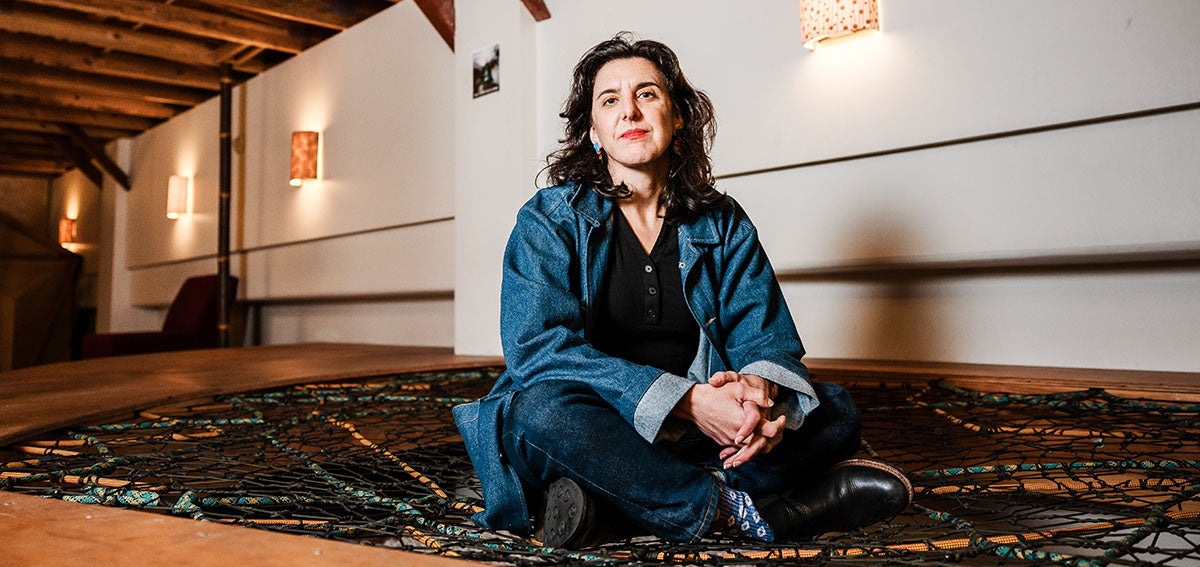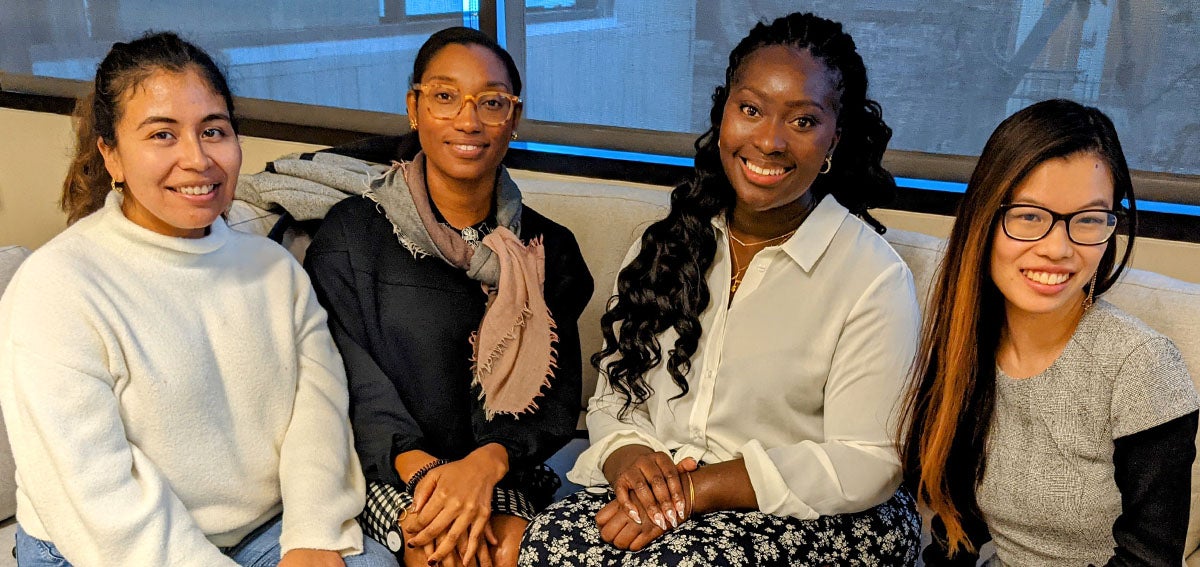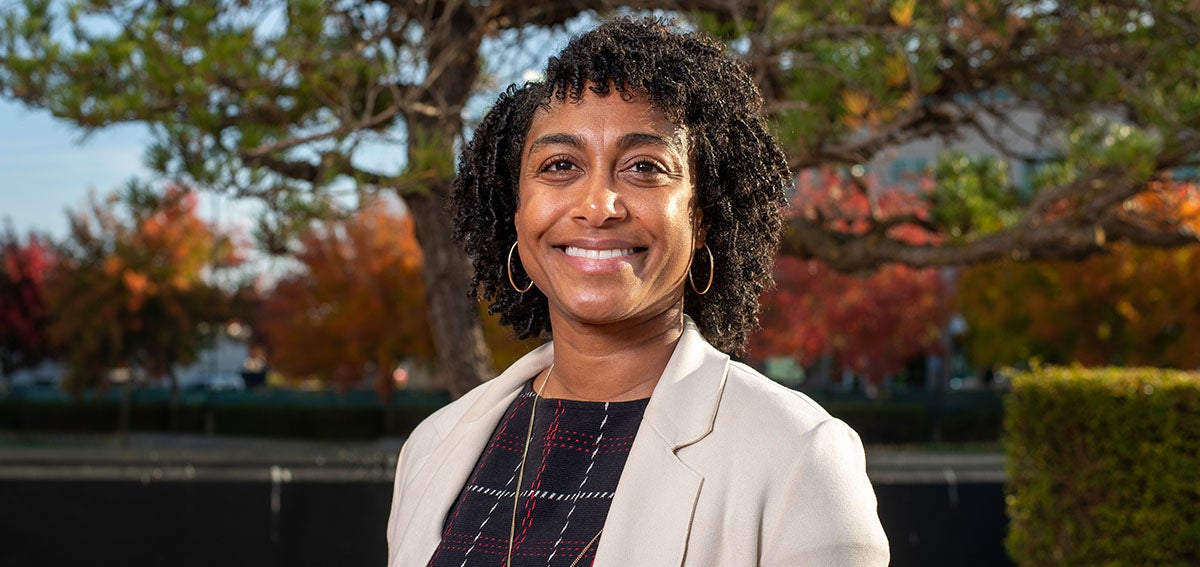
Listening to Californians with Low Incomes
Between 2019 and 2021, CHCF funded a major research project to better understand the health care experiences, needs, and values of Californians with low incomes, including understanding changes during the COVID-19 pandemic. Learn what we learned by listening to Californians with low incomes.
The COVID-19 pandemic has been wreaking havoc across the US for eight months, and new cases and deaths are reaching alarming and record-setting heights. For many Americans, especially people of color with low incomes, the effects of the pandemic are far more personal than the devastating numbers that dominate news media reports.
To better understand the scope of the pandemic’s impact on the health care experiences of California’s residents with low incomes, CHCF conducted the Listening to Californians with Low-Incomes Survey in partnership with NORC at the University of Chicago, a national research organization. The survey, conducted last summer, focused on adults between 18 and 64 years old who had consulted a health care professional since March 2019.
The widespread systemic racism faced by Black people has been tragically exemplified by the disproportionate number who have died of COVID-19. While Black people make up 6% of the state’s population and slightly more than 4% of COVID-19 cases, they account for 7.3% of deaths.
The survey captured the impact of racism on the lives of Black survey respondents. In spite of the anti-Asian hate that intensified during the pandemic, only 9% of California Asian survey participants responded that the “impact of racism on my and my family’s health and safety” is the most concerning thing to them. That response was a distant third to “fear of getting COVID-19” and “the economic impact of the COVID-19 pandemic on me and my family.” In contrast, 21% of Black survey participants responded that racism was their greatest concern, neck and neck with the 22% who said the pandemic’s economic impact was their top concern.
Black Californians are being hit hard by these compounding stresses. For many, it is affecting their physical and mental health. For those whose mental health is worsening, this further complicates the baseline level of general stress that was high before the pandemic. While 17% of survey participants overall rated their mental or emotional health before the pandemic as “fair or poor,” 21% of Black participants did so.
Worsened Mental Health
Among Black respondents, 73% said their mental health status remained unchanged since the start of the pandemic, but 17% perceived that their mental health had worsened. Lisa Bruce was among the 17%.
As a caregiver for three seniors in Barstow, California, Bruce, 40, drives from home to home, attending to her clients’ needs as she has done for years. She is among the essential workers who had to go out in those early, frightening days. “I’m in and out of homes all day,” she says to explain why she purchased her own personal protective equipment and paid $20 for one can of Lysol in the early weeks of the pandemic when many merchants were price gouging.
“Worrisome” is the word she uses to describe her experience with the pandemic. She has noticed more frequent flare-ups of her eczema and asthma since California issued shelter-in-place orders in March. She finds the masks uncomfortable and wheezes when she walks, but she does not want to go to the doctor. Her clinic was not capable of telehealth visits early in the pandemic. And when she did seek help for the anxiety contributing to her flareups, her primary care provider simply referred her to a behavioral health clinic where, she said, crowds of people were always standing in line for walk-in appointments. She did not want to risk getting sick and worried that her usual asthma symptoms might be mistaken for COVID-19 symptoms, and she would be told to quarantine. She has bills to pay and more pressing responsibilities on her mind.
Bruce is a single mom who takes great pride in maintaining her independence, paying her bills on time, and being punctual when caring for the seniors who depend on her. Like half of the survey respondents with low incomes who report pandemic stress over whether they could afford basic needs, Bruce said the pandemic has resulted in more bills for her. In turn, that is forcing her to take on more clients and work more hours.
She has experienced homelessness before, so she knows that even temporarily falling behind on rent could turn into a major crisis for her family. Internet service was nice to have if there was money to spare, but now it’s a bill that must be paid because her five school-age children attending classes online depend on it. With the children “home all day with the lights on and trying to eat me out of house and home,” Bruce jested, she finds that her PG&E and grocery bills are growing.
Missing Lunches and Meaningful Help
The school offers five free lunches every weekday, but it isn’t possible for Bruce to take advantage of that. “How am I supposed to pick them up when I’m at work?” she said. “They took the bus to school before the pandemic.” The free food pantry near her is open on weekends and provides a bag of groceries and a gallon of milk. “A gallon of milk lasts one day in my household,” Bruce said.
Meaningful help often is not easily accessible and falls short of what her family needs, she said. She lives two hours from family and more than 30 miles from Victorville, the nearest city with an American Red Cross center that provides people in need with clothing, food, job leads, housing, transportation, holiday food baskets, and a Christmas toy program. They also offer hot meals and showers. But that distance makes her feel isolated.
Samali Lubega, MD, former associate medical director of LifeLong Medical Care’s East Oakland Health Center, worries that patients like Bruce aren’t getting the care they need. Lubega has been providing care via telehealth since April, the vast majority by phone. She appreciates that telehealth is more on her patients’ terms because they eliminate bus transfers, transportation costs, and hour-plus waits often required for a 15-minute in-person visit. “Patients take calls while they are managing the competing priorities of life — they’re at the grocery store, they’re at the bank,” she said. While she values the improved access that telehealth provides, particularly for patients who would have otherwise missed their appointments, she also worries that the phone visits are less focused and comprehensive than face-to-face meetings.
While video visits would be an improvement, “There have been some video hiccups,” Lubega said. With patients, there can be inequality of both access and technological literacy that the pandemic has exposed. Among staff members, some struggle with helping patients connect to video visits.
Lubega’s worry that patients like Bruce aren’t getting the care they need during the pandemic is in part because they weren’t used to ever having their needs met. Lubega says that generally, her White patients seem to trust that the system will work for them. Many White patients, while acknowledging that things are different or delayed because of the pandemic, more readily ask about what else is available to meet their needs. One such patient, unable to come to the clinic to retrieve the weekly food giveaways offered, asked, “Can anyone deliver my veggie box?” The clinic staff responded by creating an outreach system with weekly food deliveries. In contrast, one of her Black patients said, “I heard there is a six-month wait for a colonoscopy, so I guess I’ll just have to wait,” hopeful that nothing bad would happen rather than pushing the system for accommodations.
Lubega is reminded of a sentiment she first heard years ago: The health care system isn’t broken — it was never designed to serve Black patients with low incomes.
In Health Care, One Size Does Not Fit All
Mame Benson, on the other hand, has had a very different experience. She is a 43-year-old single Black woman in Los Angeles who describes the pandemic as just “annoying” and is among the 76% of survey respondents with low incomes who have not had a health problem during the pandemic that made them want to see a health care provider. She is among the 44% who said their mental health during the COVID-19 era remained “about the same.”
Benson has mild hypertension, which is controlled with diet and exercise. Her job in the entertainment industry virtually disappeared as the pandemic appeared, but she received her stimulus check and unemployment benefits without delay. Though she has at times fallen behind on her rent, the landlord has been understanding. Benson has gotten help from organizations that help with rent, and she takes odd jobs with minimal risk of COVID-19 exposure to help make ends meet. Virtual parties with her extensive network of family and friends have made the last eight months easier to bear.
These contrasting stories remind us that the ability to meet one’s basic needs is deeply connected with the state of a person’s mental and physical health, and that a one-size-fits-all approach to health care does not, in reality, fit all. For Bruce, free Wi-Fi and school lunches delivered to her children while she works would probably do more to ease her anxiety than talk therapy and anti-anxiety medications, while Benson may be well served by a periodic phone or video visit.
As we consider the impact of the pandemic on Black Californians, we need to consider both the data from surveys like Listening to Californians with Low Incomes and the stories and lives of the people our systems serve. If we fail to do both, we risk making generalizations and perpetuating stereotypes. So, whether we are health care providers, policymakers, or health care grantmakers, in order to support the health and well-being of Black people in California, we must ask them what they need to improve their health. They are the experts on their own lives, and we need to listen.
Authors & Contributors

Vanessa Grubbs
Vanessa Grubbs, MD, is a board-certified nephrologist and internist, as well as founder and president of Black Doc Village, a nonprofit organization focused on expanding the Black physician workforce. She is the author of Hundreds of Interlaced Fingers: A Kidney Doctor’s Search for the Perfect Match. Grubbs received her medical degree from Duke University and specialty training in kidney diseases at UCSF. She is an alum of the CHCF Health Care Leadership Program.
She lives in Oakland, and her personal website is thenephrologist.com.

Harrison Hill
Harrison Hill is a documentary photographer and filmmaker based in Los Angeles, California. His work focuses on social justice issues centered around communities of color in the US.





